Restoration on the Half Shell
GreenWave partner Mike Doall has been studying the feasibility of shallow-water kelp farming off the coast of Long Island to enhance local water quality and create opportunities for economic diversification for oyster farmers. As a life-long Long Islander, Mike brings a unique perspective to his work as a career research scientist in shellfish restoration and retired commercial oysterman who laid the groundwork for shallow-water oyster culturing.
New York’s Long Island Sound has been recognized as a world-renowned shellfishery. In the 1600s, 220,000 acres of oyster reefs were located in New York Harbor—home to about half the total population of oysters worldwide. In the 1970s, the Great South Bay on Long Island’s south shore supplied more than 50% of the total hard clams eaten in the U.S. Overharvesting led the Great South Bay hard clam fishery to rapidly decline and collapse in the 1980s, shuttering a way of life and putting more than 6,000 shellfishermen out of work.
The decline of the clam fishery was a loss for both the economy and the environment. “I started college at Stony Brook University in 1985—the first year that the brown tides arrived,” says Mike Doall, Associate Director for Bivalve Restoration at Stony Brook University. “It’s not a coincidence the brown tide appeared after the hard clam fishery collapsed.” Brown tides are caused by a high concentration of single-celled marine plants called phytoplankton. Typically, shellfish eat phytoplankton keeping the population in check. Without the shellfish, these phytoplankton “bloom” and the increased population competes with native species for resources like light and oxygen, disrupting healthy ecosystems. There were enough hard clams to filter the whole Great South Bay in two days in the shellfishery's prime. Today, it takes 40 days to filter the same amount of water. “The brown tides became an annual event, further decimating the hard clam population, and quickly bringing the Peconic Bay scallop fishery to a halt.”
The dwindling fisheries motivated Mike to pursue a career in shellfish restoration to improve water quality. After joining a research team conducting early-stage oyster restoration efforts in New York Harbor in the early 2000s, Mike learned the nuts and bolts of oyster farming techniques along the way. “We seeded oyster cages all over New York Harbor and monitored their growth, condition, survivorship, and reproduction,” Mike says. Through this work, he realized that cultivated oysters can still perform the same ecosystem services as wild oysters. “It’s a win-win. Oyster farming is a way to make a living and bring back fishing culture while creating marine habitat and improving water quality.”
During a 2009 oyster renaissance, Mike co-founded Montauk Shellfish Company—the first surface growout oyster farm in New York state. “The farm business took off—we had a few factors working in our favor: this was during the resurgence of raw bars, we set up shop in a popular tourist destination, and oysters were becoming the poster child for sustainable, farm-to-table seafood.” In 2017, Mike retired from oyster farming to transition back to restoration work and lay the groundwork for commercial kelp cultivation in New York. “When I found out kelp grew in the winter, I knew it would be a perfect companion crop for oysters,” he said.
While kelp cultivation is restricted to scientific research under current New York state regulations, he is growing kelp to research the environmental benefits of incorporating kelp onto oyster farms in his role as a scientist. The majority of commercial kelp farms in the U.S. use growlines suspended several feet below the surface of the water by a system of anchors and buoys. In 2018, Mike, along with his colleague Dr. Chris Gobler at Stony Brook University, partnered with GreenWave to test the feasibility of farming kelp in Long Island’s shallow water estuaries. For the past two and a half years, he has been working with eight oyster farmers across Long Island to incorporate sugar kelp into their shallow-water oyster sites, some with as little as 12 to 18 inches of water at low tide. “This is a tremendous opportunity for oyster farmers,” he says.
“My work in the shellfish industry has come full circle,” Mike says. “On one hand, I continue to combat problems facing water quality through growing shellfish, and now, kelp. On the other hand, I bring the farmer perspective to the table to ground the research in practical results that benefit commercial growers.” We’re grateful for partners like Mike Doall whose first-hand commercial farming experience and restoration mentality intersect to develop innovative and accessible opportunities that drive the regenerative ocean farming industry forward.

